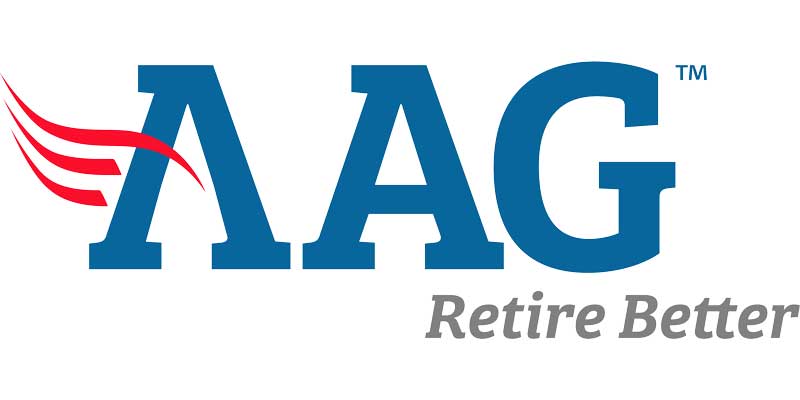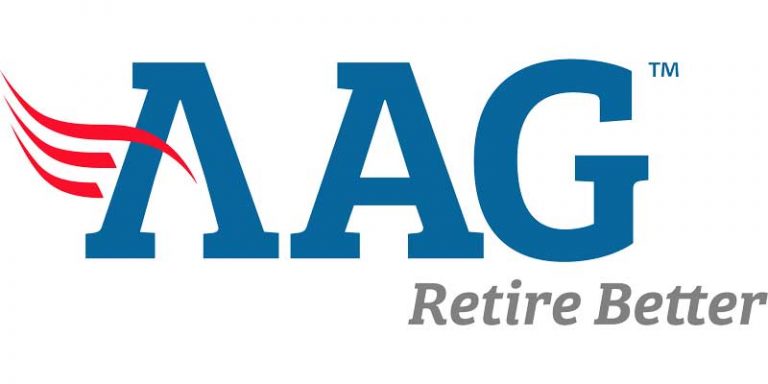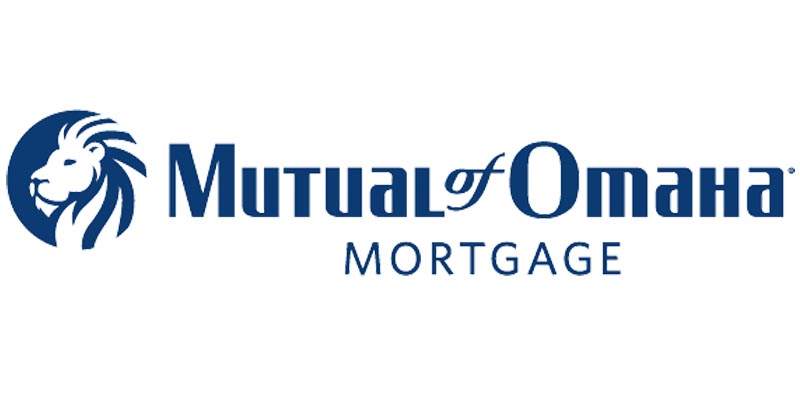How Long Does It Take to Get a HELOC?
Updated:
Retirement Living takes an unbiased approach to our reviews. We may earn money when you click a partner link. Learn More

Getting a home equity line of credit (HELOC) takes three to eight weeks for most homeowners. HELOC timelines vary depending on the lender you choose, whether you need to get an appraisal, and how organized you are.
Why get a home equity line of credit? HELOCs enable you to borrow against some of the equity you’ve built in your home. Unlike home equity loans, which allow you to borrow a lump-sum amount, home equity lines of credit are revolving, meaning you can keep borrowing money as needed during a draw period. Interest rates are variable.
You can use HELOCs for everything from funding home renovations and covering unexpected bills to paying off high-interest debt and putting a down payment on a second home.
How Long Does It Take to Get a Home Equity Line of Credit?
Most homeowners can get a HELOC within three to eight weeks, though the timeline can vary. In a hot housing market, for instance, appraisals and underwriting can take longer. On the flip side, some lenders don’t require an appraisal at all, which can knock nearly a month off the timeline.
Here’s what the process of getting a HELOC looks like—and how long each step takes.
Conducting Research
Time to complete: 1 to 2 days
Don’t just go with the first lender you find. Take a day or two to research HELOC lenders and see which offer pre-approval. This helps you learn whether you’ll qualify, how much you’ll qualify for, and at what rates. Some lenders might also offer online HELOC calculators you can use to estimate your maximum line of credit. (We’ll show you how to do this below.)
During the research phase, you can even look for lenders that advertise a speedier HELOC process. Those that do usually skip the appraisal. Speaking of which…
Getting an Appraisal
Time to complete: 0 to 3 weeks
Inspecting your home may only take an appraiser an hour or two to complete, but once you factor in scheduling, researching comparable properties, and putting together the official report, it might be several weeks before you get what you need.
And unfortunately, an appraisal is one of the things you’ll usually need to get approved for a home equity line of credit. Not every lender requires an appraisal, however. You may be able to skip this step by choosing a lender that uses an automatic valuation model (AVM).
Applying for a HELOC
Time to complete: 1 day
If you’ve already figured out your preferred lender and gathered all your documentation, you might be able to apply online in an hour or so—just have your documents ready to upload. In addition to an appraisal, you’ll typically need to provide bank statements, tax returns, pay stubs, mortgage statements, property tax information, and homeowners insurance details.
Depending on the lender, you may also be able to apply over the phone or in person.
Underwriting
Time to complete: 2 to 4 weeks
During underwriting, lending professionals thoroughly review your application to determine if they’ll give you a HELOC. Factors like credit score, income, and your debt-to-income ratio can all affect your eligibility.
There’s not much you can do during the underwriting process but sit and wait. And in hot housing markets, lenders may be backed up, which can lead to underwriting backlogs.
Occasionally, the lender may reach out for additional information to facilitate the decision. Reply quickly and with thorough documentation to ensure there are no delays.
Closing
Time to complete: 4 days
Like when buying a house or refinancing a mortgage, you’ll have to endure a closing process (and closing costs) when getting a home equity line of credit. You’ll meet with the lender on a specified date to sign all the paperwork and ensure the funding begins.
When you close on a house, you typically leave the room with the keys to your new home. But when closing on a HELOC, you’ll have to wait three more days before you actually get the funds.
This is called the rescission period: You get three days to rethink your decision and cancel the loan, if you’d like, without any penalties.
After those three days, the loan will be funded, and you can begin drawing from your revolving line of credit.
4 Ways to Speed Up The HELOC Approval Process
Need to get your home equity line of credit faster? Here are some ways to cut down the timeline:
- Look for lenders that don’t require appraisals: Some lenders skip the official appraisal for HELOCs in favor of an automatic valuation model. AVMs run on algorithms that analyze the current market to estimate the value of your home. The estimated value may not be as accurate as a true appraisal, but as long as the AVM churns out a number you and the lender are happy with, you can skip the appraisal step and shave weeks off your timeline.
- Get organized: You’ll need a lot of documentation to get a HELOC. Call customer service for the lending institution you’re planning on using to get a full rundown of what they’ll need, then make sure you have it ready when you apply.
- Apply by yourself: You and a spouse may own the house together, but having co-applicants for a HELOC means the underwriter has to review both of you. Leave your spouse off the loan to ensure underwriting moves faster.
- Ask for time estimates before applying: Some lenders may simply be more backed up than others. If you have a few lenders you’re considering, call and ask what their timelines are, then go with the fastest.
5 Alternatives to HELOCs
Home equity lines of credit aren’t your only option when you need quick cash to cover emergency expenses, pay down high-interest debt, or fund a project around the house. And at three to eight weeks, HELOCs certainly aren’t the fastest option.
Here are five HELOC alternatives to consider:
1. Personal Loans
Personal loans may carry higher average interest rates, but you can usually get same- or next-day funding. You can find small personal loans for as little as $1,000, but some lenders will let qualified borrowers take out loans as large as $100,000.
Keep in mind: This is a lump-sum loan, not a revolving line of credit like a HELOC. Personal loan terms are also much shorter; you generally have to repay the loan within seven years.
2. Credit Cards
If you like the idea of a revolving line of credit, a credit card might be the better option—and you can usually get approved for credit cards in a matter of minutes. Even while you wait for the plastic card to ship in the mail, many creditors let you start swiping virtually right away.
Of course, if your goal is to consolidate high-interest credit card debt, you may not want to open another credit card. Look for balance transfer credit cards with a 0% intro APR; these may give you nearly two years to repay your debt without accruing interest.
3. Home Equity Loans
Home equity loans work similarly to HELOCs, in that you can borrow against the equity you’ve built in your house. The major differences: You’ll get your money in a single lump sum, and the interest rate is fixed.
However, the unfortunate similarity with HELOCs is that home equity loans can also take up to two months to fund. Not helpful when you have emergency car repairs, vet bills, or other unexpected costs or high-interest debts to pay off.
4. Reverse Mortgages
Reverse mortgages are another HELOC alternative that can take longer to process (usually one to two months). They’re also only available to homeowners who are 62 or older.
But if you have the time to wait and you meet all the requirements, a reverse mortgage can be a unique way to leverage your equity to pay off your mortgage, manage rising medical costs, or repay other debts.
5. Cash-Out Refinancing
Finally, another option is to do a cash-out refinance—refinancing your mortgage and borrowing more than you owe (leveraging some of the equity you’ve built in your home).
The problem? The process can take just as long as a HELOC, and rates have become less favorable in today’s market.
Using the Funds From Your Home Equity Line of Credit
A HELOC allows you to draw funds from an open line of credit on an as-needed basis. But the ability to borrow is not permanent: The details of your home equity line of credit will spell out how long you can borrow against your equity—and when you’ll have to start paying your HELOC back.
Drawing from Your HELOC
Draw periods for a HELOC typically last from five to 10 years. During this time, you’ll be able to borrow up to the limit of the HELOC. If you pay some of it back and then need money again down the road, you can tap into your HELOC repeatedly during this draw period.
Although there’s a separate period coming next—the repayment period—during which you repay the HELOC, the draw period isn’t payment free. You usually have to maintain some kind of minimum payment. Often, these payments are interest only.
And remember: Interest rates on HELOC are variable, so they can go up or down over time.
Paying Back Your HELOC
Repayment periods for HELOCs can vary, but they often range from 10 to 20 years. During this time, you can no longer access the open line of credit. Instead, you’ll be solely focused on repaying what you borrowed: the principal and interest.
This means your monthly payments will suddenly increase, sometimes significantly, from what you were paying during the draw period. And, of course, you’ll no longer have the benefit of an open line of credit to help you when times are tough.
Calculating How Much You Can Get From a HELOC
To calculate your estimated maximum line of credit for a HELOC, you’ll need to know your home’s value and how much a lender is willing to give you (known as your LTV percentage). Then, you’ll use the following HELOC formula to calculate your funds limit.
For example, let’s say your home is worth $350,000, you currently owe $200,000, and you find a lender willing to give you 75% LTV. In this scenario, you could get a line of credit up to $62,500. Here’s the HELOC calculation we used:
- (Your home’s value) x (your lender’s LTV percentage) = maximum amount of borrowable equity. Or, $350,000 x 75% = $262,500.
- (Your maximum amount of borrowable equity) − (outstanding balance on your mortgage) = your HELOC credit limit. Or, $262,500 – $200,000 = $62,500.
Bottom Line
It can take three to eight weeks to have your home equity line of credit funded. If you need money more urgently, you might want to consider a personal loan or credit card. But if you can wait a couple of months and need an ongoing line of credit to cover rising medical costs, fund home renovations, or even consolidate debt, a HELOC can be a good option.



